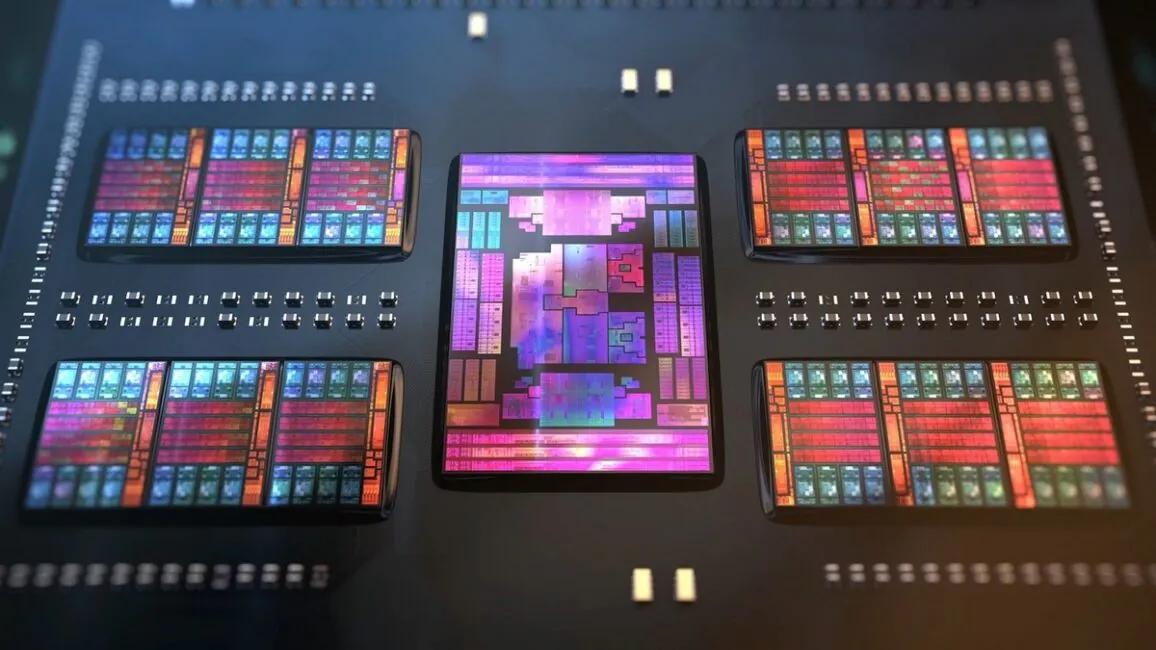Comprehensive Analysis of Differential Amplifiers: From Principles to Selection
A differential amplifier is an electronic amplifier that amplifies the difference between two input signals and is widely used in various electronic devices and communication systems. It amplifies the voltage difference between the two input terminals while suppressing common-mode signals (i.e., signals that are identical at both input terminals). This characteristic makes differential amplifiers particularly effective in reducing noise and interference, as these typically affect both input terminals in a similar manner and are thus ignored by the differential amplifier.
01 Principles and Structure of Differential Amplifiers

Differential amplifiers typically have two input terminals, one called the non-inverting input (+) and the other called the inverting input (-). Ideally, when the voltages at the two input terminals are equal, the output is zero; when there is a voltage difference, the output is proportional to this difference. In practical applications, differential amplifiers are usually composed of a pair of transistors that share a common emitter or source resistor, which helps enhance the common-mode rejection capability.
The working principle of a differential amplifier is based on the fundamental principles of differential amplification and feedback control. It consists of two input terminals (non-inverting and inverting inputs) and one output terminal. When the difference between the two input signals changes, the differential amplifier produces an amplified differential signal at the output terminal. By controlling the two transistors, the amplification and output of the input signals can be achieved.
02 Modes of Operation of Differential Amplifiers
The modes of operation of differential amplifiers mainly include common-mode and differential-mode.
l Common-mode: In common-mode, the two input signals have the same amplitude and phase, and the differential amplifier outputs the sum of the two signals after amplification. However, in practice, differential amplifiers have a strong suppression effect on common-mode signals, and the common-mode output is usually close to zero.
l Differential-mode: In differential-mode, the two input signals have different amplitudes and phases, and the differential amplifier outputs the difference between the two signals after amplification. This is the main mode of operation for differential amplifiers, enabling the amplification of the difference in input signals.
03 Characteristics of Differential Amplifiers
Differential amplifiers have several important characteristics:
1. High Gain: Differential amplifiers can amplify the differential part of the input signals to the output terminal, providing a high voltage gain, thereby enhancing the signal strength for subsequent signal processing.
2. High Common-Mode Rejection Ratio (CMRR): CMRR is an important indicator of the differential amplifier's ability to suppress common-mode signals. Ideally, differential amplifiers only amplify differential-mode signals and completely suppress common-mode signals.
3. Strong Anti-interference Capability: Differential amplifiers can effectively resist the influence of noise and interference, especially common-mode noise, improving the signal-to-noise ratio.
4. High Stability: Due to the symmetry of the circuit, drift signals caused by factors such as temperature changes can cancel each other out, stabilizing the working point of the circuit and ensuring the performance of the amplifier is not affected by environmental factors such as temperature.
5. Easy to Design: The design of differential amplifiers is relatively simple and can be adjusted according to actual needs for gain and common-mode rejection ratio.
04 Application Fields of Differential Amplifiers
Differential amplifiers are widely used in electronic systems and circuits. In the field of audio amplification, they are often used to increase the voltage and power of input signals. In thermal control, differential amplifiers achieve temperature control by amplifying the difference in resistance values of circuits at different temperatures and can also be used for overcurrent and overvoltage protection. In voltage reference applications, differential amplifiers serve as key components, providing stable voltage references to improve circuit accuracy and stability. In energy storage systems, differential amplifiers are applied in BMS, power conversion circuits, and fault detection protection to ensure measurement accuracy and system stability. Additionally, differential amplifiers are commonly used in instrument amplifiers to amplify weak signals and as operational amplifiers to construct analog circuits, such as filters and oscillators.
05 Differential Amplifier Solutions and Selection
There are various differential amplifier solutions available in the market that are suitable for different application scenarios, each with its own characteristics. For example, international manufacturers such as ADI, TI, and Microchip have introduced corresponding solutions.
For instance, ADI's AD8628 is a low-noise, low-power, high-speed differential amplifier. It is well-suited for signal amplification applications in portable devices or battery-powered devices that are sensitive to power consumption, such as the amplification of weak physiological signals in wearable medical devices. TI's TLV2772 is a low-power, high-precision differential amplifier. Its low-power feature can extend the battery life of devices, while its high precision ensures accurate acquisition and processing of sensor signals. Maxim Integrated's MAX4472 differential amplifier can provide stable signal amplification in complex automotive electromagnetic environments, and its low-noise characteristics help improve the accuracy of sensor signals.
In addition, many domestic companies have also introduced related products, including Sipei, Saint Micro, and Zhixin Micro. For example, Sipei's TPA9361-SO1R has unique advantages in simple auxiliary circuits in some energy storage systems, for signal amplification applications in small electronic devices that are cost-sensitive and require performance stability.
In addition, When selecting a differential amplifier, several key factors need to be considered. First, determine the required gain accuracy and frequency response based on application needs. Second, assess the working environment and choose an amplifier that can operate stably within the specified temperature range. Power consumption is also an important consideration, especially in portable or battery-powered devices. Additionally, the packaging form must match the system design to ensure efficient space utilization. By considering performance, reliability, and cost comprehensively, the most suitable differential amplifier solution can be selected.
06 Development Trends of Differential Amplifiers
The development trends of differential amplifiers are diverse. With the rapid advancement of communication technology, the demand for high-frequency differential amplifiers is surging, and future models will have higher frequency responses to meet the requirements for high-speed signal processing and transmission. In response to energy and environmental challenges, low-power design is becoming inevitable, and differential amplifiers will focus on reducing power consumption to promote energy conservation and emission reduction. Miniaturization and high integration are also future directions to adapt to the trend of compact and integrated electronic devices, achieving more complex functions and higher performance. As a key component of electronic systems, the selection of differential amplifiers must be closely integrated with actual application needs, such as gain accuracy, operating temperature, power consumption, and packaging, to ensure the stable, safe, and efficient operation of the system.
07 Conclusion
As an important electronic amplifier, differential amplifiers play a vital role in many electronic systems and circuits. By amplifying the difference between two input signals, differential amplifiers can achieve signal amplification and output, with advantages such as high gain, high common-mode rejection ratio, and low noise. Differential amplifiers are widely used in fields such as audio amplification, thermal control, voltage reference, and energy storage systems, providing important support for circuit performance and reliability. With the continuous development of technology, differential amplifiers are also constantly evolving. Future differential amplifiers will have higher frequency responses, lower power consumption, smaller sizes, and higher integration to meet the growing market demands and technological advancements.
Website: www.conevoelec.com
Email: info@conevoelec.com

Website: www.conevoelec.com
Email: info@conevoelec.com








